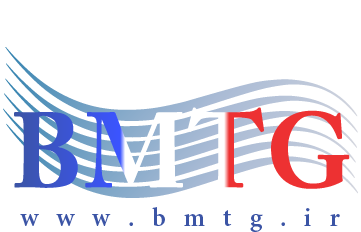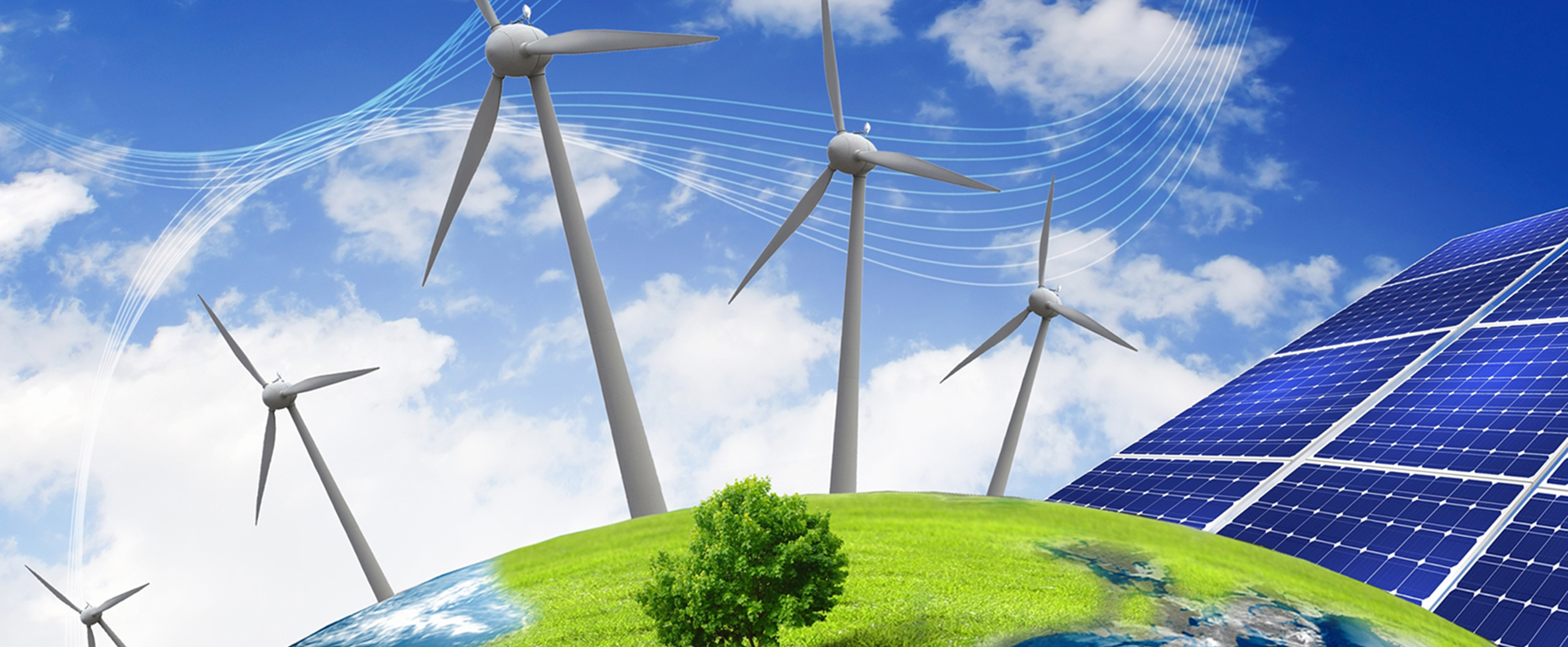Determining the location of the anemometric stations
The external consultant works with collaboration of local consultant in order to determine the best location to install anemometric stations, considering following factors. Using available inter-scale and empirical information, wind regimes as well as topography of the site and access routes and facilities available at the site. This available stations are presented at the regional power company Sistan and Baluchestan and announced to the employer by summarizing all of the conditions mentioned in the Recognition Report.
Determine the technical specifications of all equipment for the biometrics station (tower, accessories, sensors, remote sensing system, etc.)
The consultant provides the type and technical specifications of the tower and submits it to the employer for approval.
1 anemometer mast
An advisor will consider the following for the purchase of anomalous towers:
- Height of towers: 100 meters
- Purchases from producers with official production licenses.
- Having a warranty
- Having after-sales service (repair and reinstallation)
- Choose the best size of section, material and type of 100 meter tower based on valid standards
- Ability to work in the weather conditions of the site
2 Sensors (speed, direction, radiation, temperature, humidity)
-
Sensors are selected from reputable companies with after-sales service and product warranties.
Type, manufacturer, calibration by the consultant will be described, and warranties of equipment and services after the sale of these equipment in Iran, for the above measurement equipment must be provided by the consultant and submitted to the employer for approval.
3 Data Recording Equipment (Data Logger)
-
This equipment is purchased from companies that have a reputable and prominent representative in Iran and have after-sales services as well as the possibility to provide valid warranties for the correct operation of the equipment.
4 Earth system and hazard lights
- Has the equipment needed for installation of the hazard warning lights and the earth system.
5 Remote Information Retrieval System (Telemetry)
- The system will be purchased from reputable companies with after-sales service, product warranties.
-
The type, manufacturer, product warranty (correct operation during the information harvesting period) and reliable after sales service of this equipment in Iran will be provided by the consultant for the telemetry system and will be provided to the employer for approval.
-
For remote reading of station information, the consultant will submit his proposed proposal to the employer, along with the equipment required.
Provide a plan for the installation and operation of stations
The internal consultant will submit his application for installation to the stations approved by the external consultant in the following specifications for approval by the employer:
-
Design of foundation dimensions, concrete cement, complete plan, along with considerations of performance due to the results of soil mechanic tests for installing a 100-meter wind turbine
- Provides installation instructions and how to set up sensors and data logger.
- Land System Implementation Instructions
At this stage, the consultant will provide a report to the employer for the approval of the plant’s installation plan, along with an estimate of the price and type of assignment to the contractor.
Issuance of the installation certificate (for each station) and the accuracy of the information extracted by the external consultant
An external consultant must issue an installation certificate for one of the stations that he has installed under his own supervision, and the internal consultant is required to complete the process of installing the equipment and obtaining the information using the instructions provided by the external consultant for the station. .
Data analysis of two stations is done every three months by an internal consultant and every 6 months the external consultant will approve the validation of the data of the two stations.
Overseeing the implementation of the work
Describe the different parts of the project as follows:
- Implementation of foundation operations (project development section)
In this section, the task of monitoring and verifying the construction operations (hole, concrete and placement of bolts in concrete and …) is the responsibility of the consultant. One-step after the pouring and the next step is during concrete.
The consideration of the contractor’s status, the verification of the accuracy of the materials used (qualitatively and quantitatively), and the manner in which the work is carried out is supervised by the consultant.
- Installation and operation
In this section, the internal consultant will supervise the installation and confirmation of the contractor’s terms of compliance in accordance with the installation instructions provided by the external consultant.
Harvesting and Analyzing Information and Micro Siting
- Data harvesting and database creation for station wind statistics
In this section, the consultant will supervise the installation and confirmation of the contractor’s circumstances. The responsibility for the accuracy of the information extraction and analysis and validation is to the internal consultant. The consultant is obliged to report every 3 months the information of each station with the time taken and provide the percentage of system error to the employer.
- Preparation of site wind atlas using CFD base software
In this section, the local consultant will provide the site’s atlas and send it to an external consultant for approval.
- Micro Siting the Site
After the preliminary stages and completed the harvesting result of this analysis will be presented to the employer. After confirming these points by the employer, the micro-site testing of the site will be done by an internal consultant and with the approval of the external consultant. In the micro siting site, items such as the installation of wind power plants based on at least three types of turbines, annual energy production estimates, network connection analysis, initial economic analysis based on global turbine prices, construction of wind power plants and domestic conditions will be presented.


